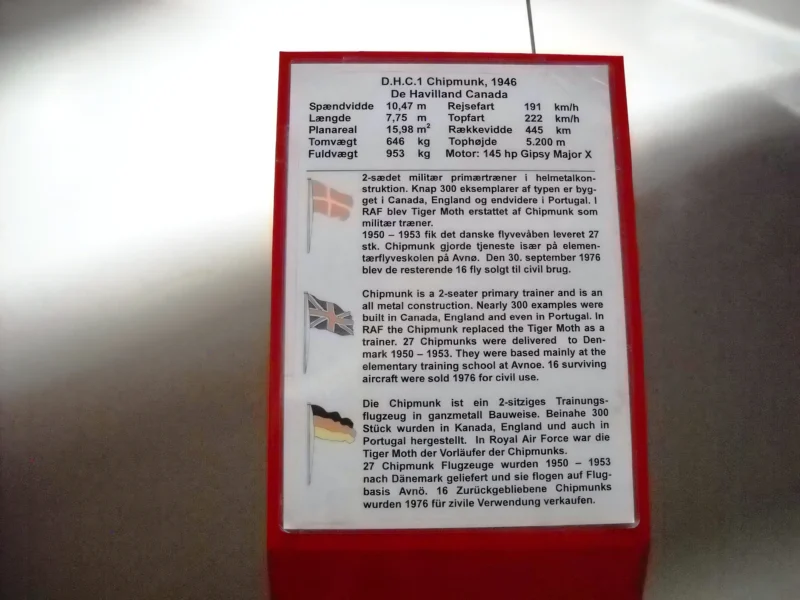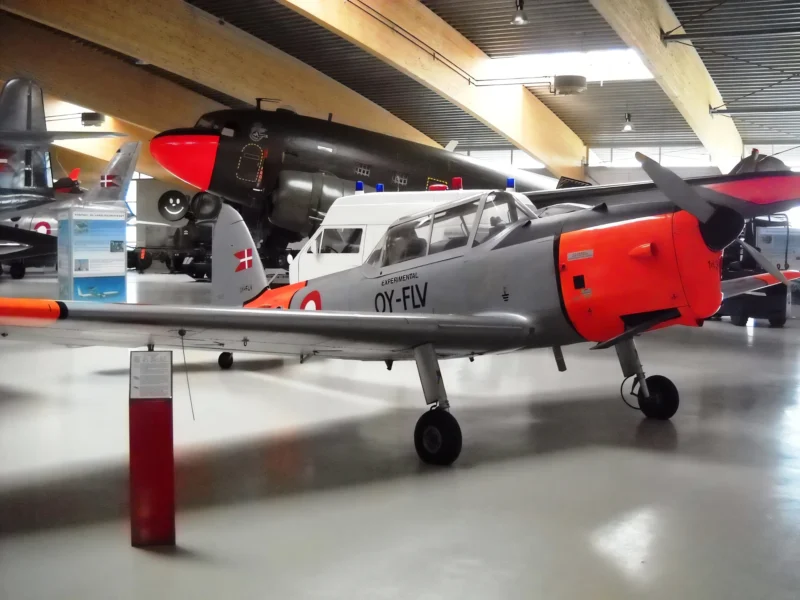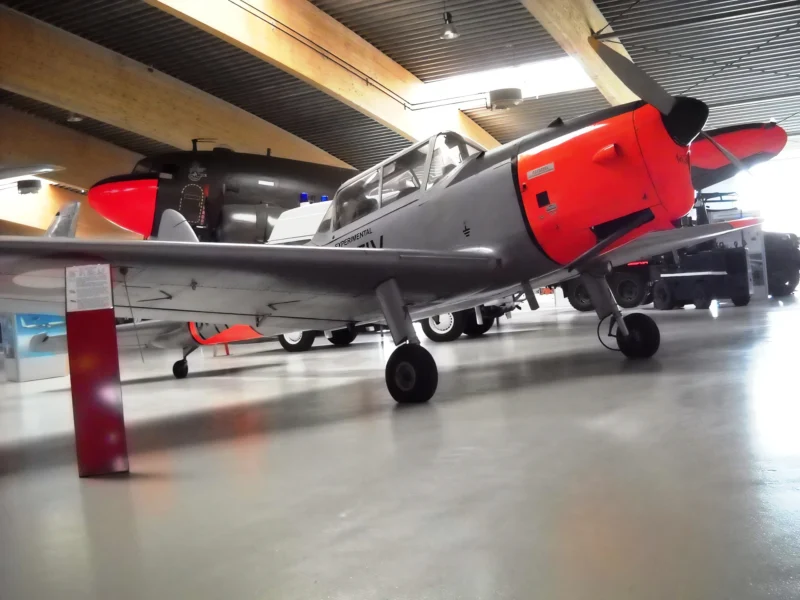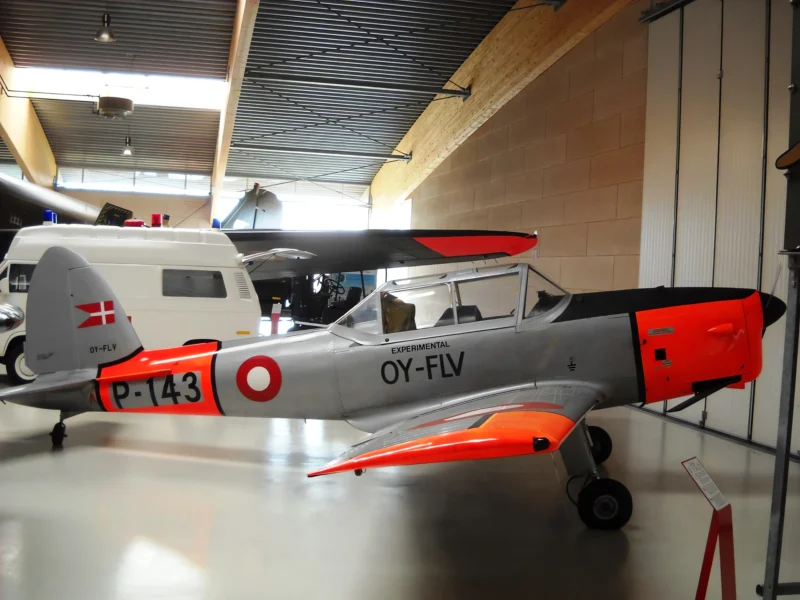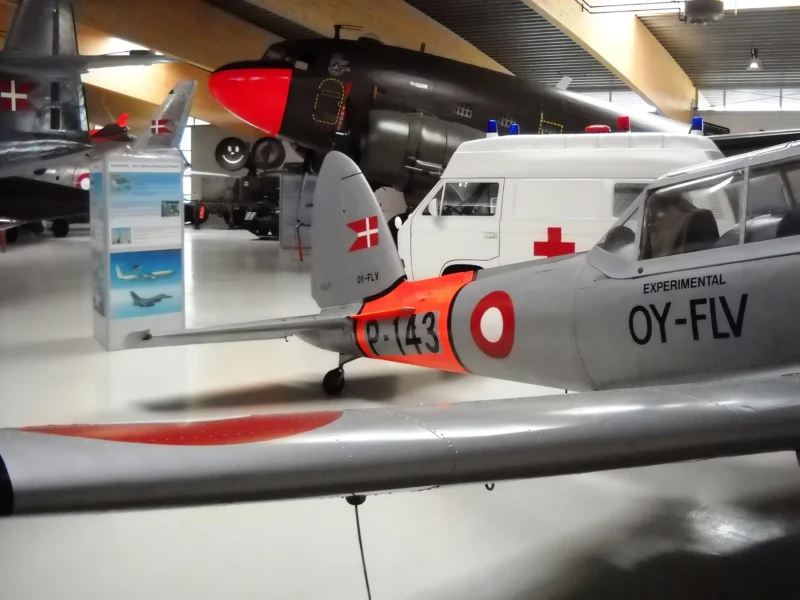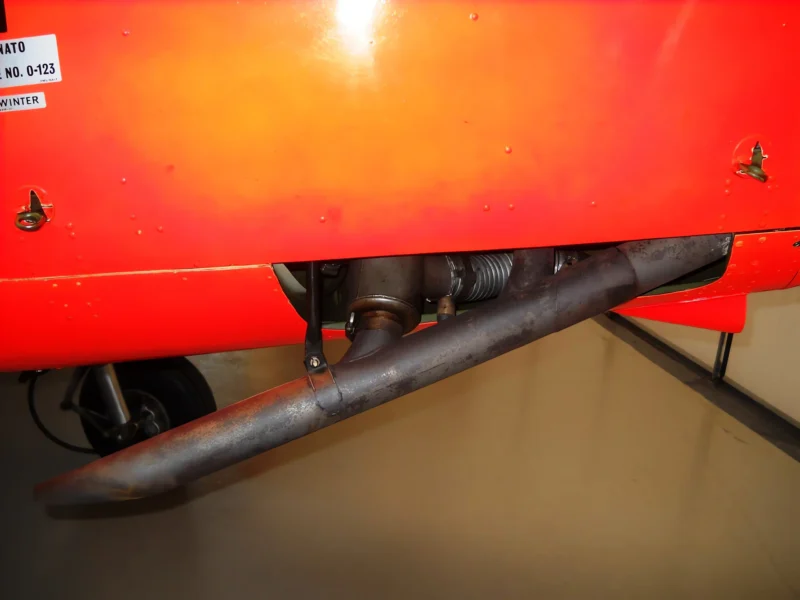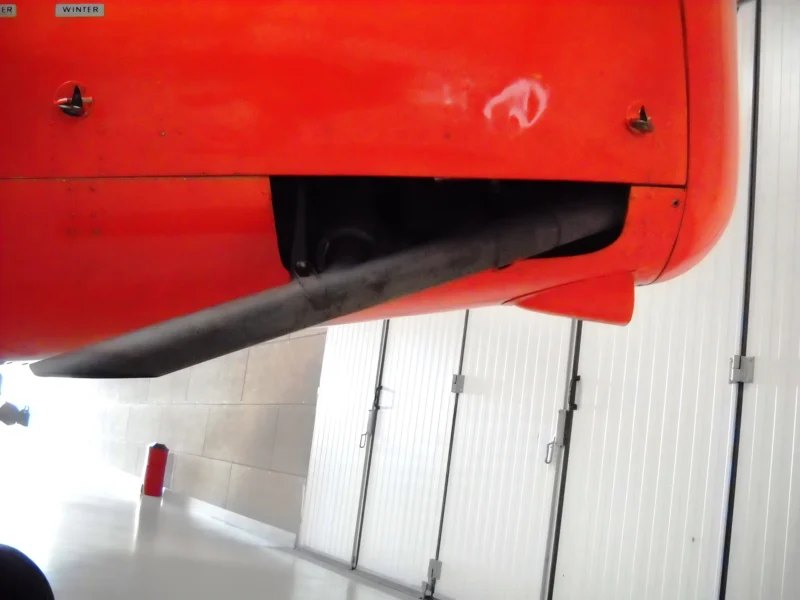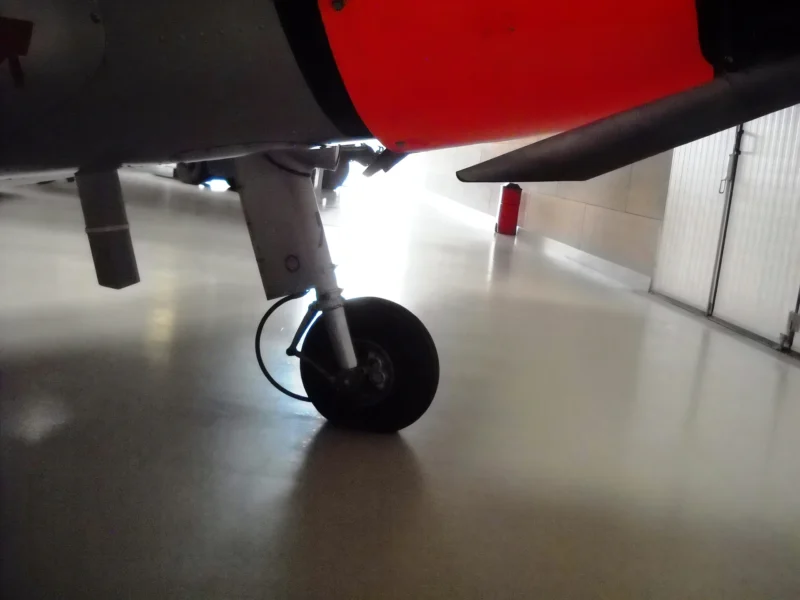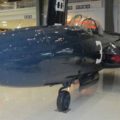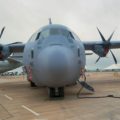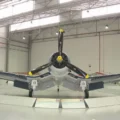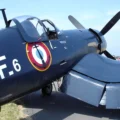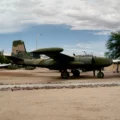
de Havilland Canada DHC-1 Chipmunk | |
|---|---|
| Pays | Royaume-Uni + Canada |
| Rôle | Avion d’entraînement |
| Premier vol | 22 mai 1946 |
| Construit | 1284 |
Lla de Havilland Canada DHC-1 Chipmunk est un avion d’entraînement primaire biplace biplace en tandem conçu et développé par l’avionneur canadien de Havilland Canada. Il a été développé peu après la Seconde Guerre mondiale et vendu en grand nombre au cours des années d’après-guerre, étant généralement utilisé en remplacement du biplan de Havilland Tiger Moth.
Source: de Havilland Canada DHC-1 Chipmunk sur Wikipedia
| DHC-1 Chipmunk Walk Around | |
|---|---|
| Photographer | Josef Mezera |
| Localisation | Unkonw |
| Photos | 45 |
Voir aussi :
| De Havilland Canada DHC-1 ‘Chipmunk’ T.10 Walk Around | |
|---|---|
| Photographer | Ondrej Skarka |
| Localisation | Unkonw |
| Photos | 12 |
Aucune galerie n’est sélectionnée ou la galerie a été supprimée.
General Characteristics
The de Havilland Canada DHC-1 Chipmunk (often nicknamed « Chippie ») is a tandem two-seat, single-engine primary trainer aircraft. It was the first aircraft designed and built by de Havilland Canada and was intended to replace the venerable **de Havilland Tiger Moth** biplane. The Chipmunk served as the standard basic trainer for the Royal Air Force (RAF), Royal Canadian Air Force (RCAF), and many other air forces from the late 1940s well into the 1990s.
| Property | Typical Value (T.Mk 10 Variant) |
|---|---|
| Rôle | Primary Trainer / Aerobatic / Liaison |
| Fabricant | de Havilland Canada (DHC), de Havilland UK, OGMA (Portugal) |
| First Flight | May 22, 1946 |
| No. Built | 1,284 (Total production) |
| Crew | 2 (Student and Instructor in tandem) |
| Length | 7.75 m (25 ft 5 in) |
| Envergure | 10.47 m (34 ft 4 in) |
| Max Takeoff Weight | 953 kg (2,100 lb) |
Design and Powerplant
- Engine: One de Havilland Gipsy Major 8 or 10-2 4-cylinder, air-cooled, inverted in-line piston engine.
- Power Output: 108 kW (145 hp).
- Construction: Predominantly all-metal fuselage and wings (stress-skinned alloy) with the control surfaces and the rear portion of the wings being fabric-covered.
- Configuration: Low-wing cantilever monoplane with a fixed conventional tailwheel landing gear. The cockpit features a clear perspex canopy providing excellent all-round visibility.
- Handling: Known for its delightful and responsive handling, making it an excellent platform for learning basic flight, instrument flying, and aerobatics.
Performance and Service
- Maximum Speed: Up to 222 km/h (138 mph, 120 knots) at sea level.
- Cruise Speed: Approximately 166 km/h (103 mph, 90 knots).
- Service Ceiling: 4,800 m (15,800 ft).
- Range: Approximately 417 km (259 mi, 225 nmi).
- Rate of Climb: 4.6 m/s (900 ft/min).
- Major Variants:
- Chipmunk T.Mk 10 (British-built for RAF, standard enclosed canopy).
- DHC-1B-2 (Canadian-built, often featuring a larger « bubble » canopy).
- Chipmunk Mk 23 (Agricultural/crop-spraying variant).
- Civilian Use: Hundreds of ex-military Chipmunks remain popular today with private owners for sport flying and aerobatics.
Vues : 993
